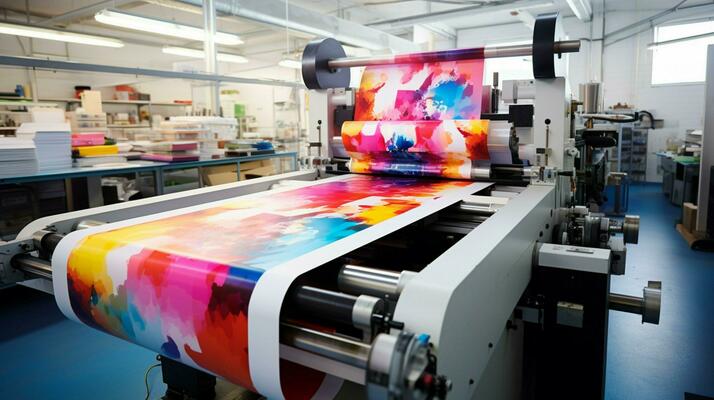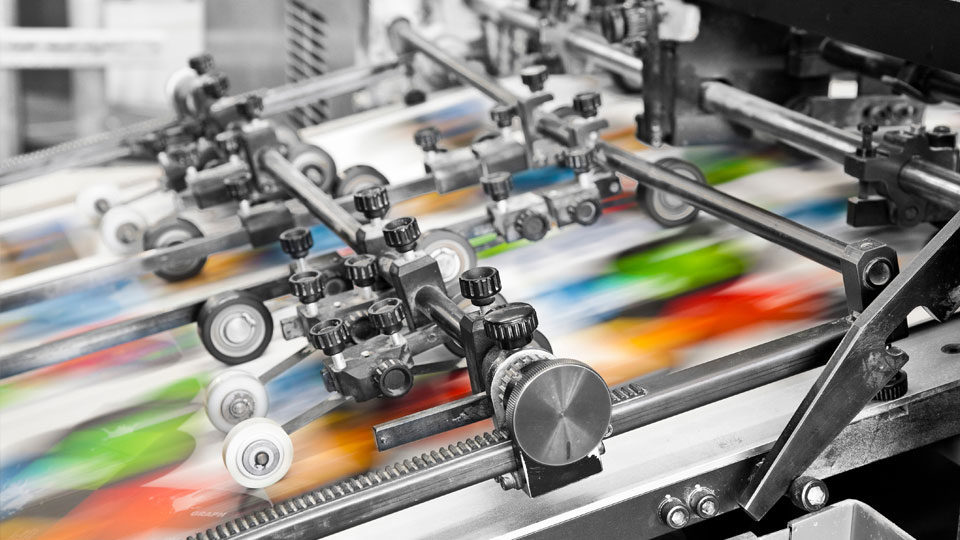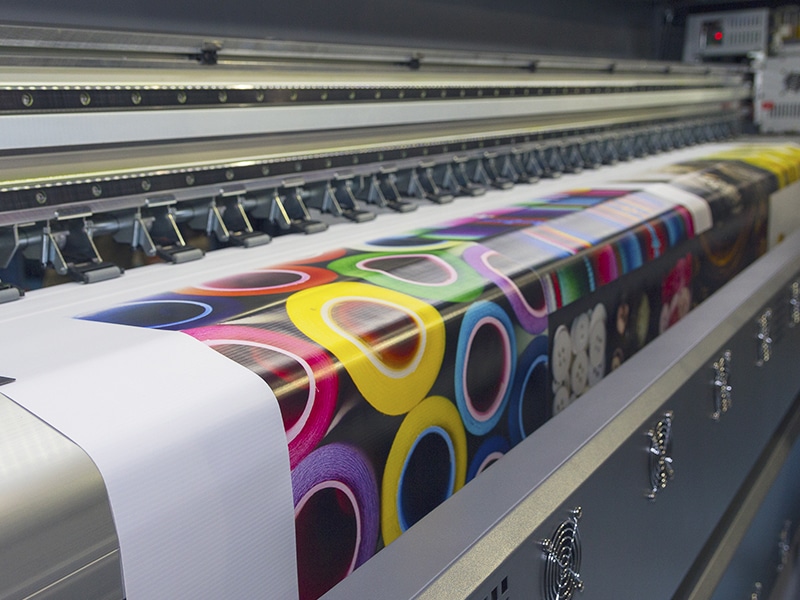In the world of intricate designs and detailed diagrams, offset printing stands as a leading technique, especially for technical illustrations. This method is not only renowned for its precision but also for its ability to bring out the finest details, making it an essential choice for professionals in various fields. In this article, we will delve into the nuances of offset printing for technical illustrations, exploring its advantages and diverse applications.

Understanding Offset Printing
Offset printing is a widely used printing technique where an inked image is transferred from a plate to a rubber blanket, and then onto the printing surface. It is especially beneficial for large-scale printing requirements, providing high-quality images consistently. For a detailed comparison between offset and digital printing, you can visit this resource.
Why Offset Printing for Technical Illustrations?
When it comes to technical illustrations, precision is key. Offset printing offers unmatched accuracy and crispness, making it ideal for reproducing complex diagrams, charts, and schematics. Moreover, it supports a wide range of colors and paper types, which ensures that the final product meets the exact specifications required by professionals.
Key Advantages of Offset Printing
Offset printing offers numerous benefits, such as:
- High-quality output: Produces sharp and clean images and text.
- Cost-effectiveness: Economical for bulk printing, reducing the cost per unit.
- Color accuracy: Provides consistent color reproduction, maintaining the integrity of the original design.
- Versatility: Adaptable to a variety of materials and finishes, enhancing the visual appeal of technical documents.
Applications of Offset Printing in Technical Fields
The precision and adaptability of offset printing make it suitable for a range of applications in technical fields:
Engineering and Architecture
In fields such as engineering and architecture, detailed blueprints and schematics are essential. Offset printing ensures these documents are reproduced with high fidelity, aiding in accurate construction and analysis.
Scientific Publications
For scientific journals and research papers, clarity is crucial. Offset printing provides the necessary detail and color precision for complex graphs and data representations.
Medical Diagrams
In the medical field, diagrams and illustrations must be precise to ensure accurate diagnosis and treatment planning. Offset printing delivers the detail required for such sensitive applications.
Educational Resources
Textbooks and educational materials benefit from offset printing as it ensures legibility and clarity, which are vital for effective learning.
Offset Printing vs. Digital Printing
While both printing techniques have their merits, offset printing is often preferred for its ability to produce high volumes of quality prints at a lower cost per unit. For a comprehensive understanding of the differences between these two methods, consider checking this guide.
Environmental Impact of Offset Printing
Offset printing has evolved to become more environmentally friendly, with advances in ink technology and paper recycling practices. Companies are increasingly adopting sustainable practices, making offset printing a greener choice for large-scale production.
Future Trends in Offset Printing
The future of offset printing looks promising, with continuous advancements in technology enhancing its efficiency and quality. Innovations in automation and digital integration are set to further streamline processes, reducing costs and waste.
Choosing the Right Offset Printing Service
When selecting a printing service for technical illustrations, consider factors such as the service provider’s experience, technology, and commitment to quality. For instance, product catalogs require detailed images that benefit from the precision of offset printing.
Working with Professionals
Collaborating with experienced professionals ensures that your technical illustrations are produced to the highest standard, aligning with your project requirements.
Conclusion
Overall, offset printing remains a cornerstone in the production of technical illustrations, offering unparalleled quality, consistency, and efficiency. Its adaptability and advancements continue to meet the evolving needs of various industries, making it a reliable choice for professionals worldwide.

FAQ
- What is offset printing best used for?
Offset printing is best used for large-volume print jobs that require high-quality, consistent results, such as technical illustrations, brochures, and books.
- How does offset printing differ from digital printing?
Offset printing uses plates and is cost-effective for high-volume jobs, while digital printing is better suited for smaller runs and quick turnarounds.
- Can offset printing be environmentally friendly?
Yes, modern offset printing can be environmentally friendly, with advances in eco-friendly inks and recycling practices reducing its impact.
This article contains affiliate links. We may earn a commission at no extra cost to you.







